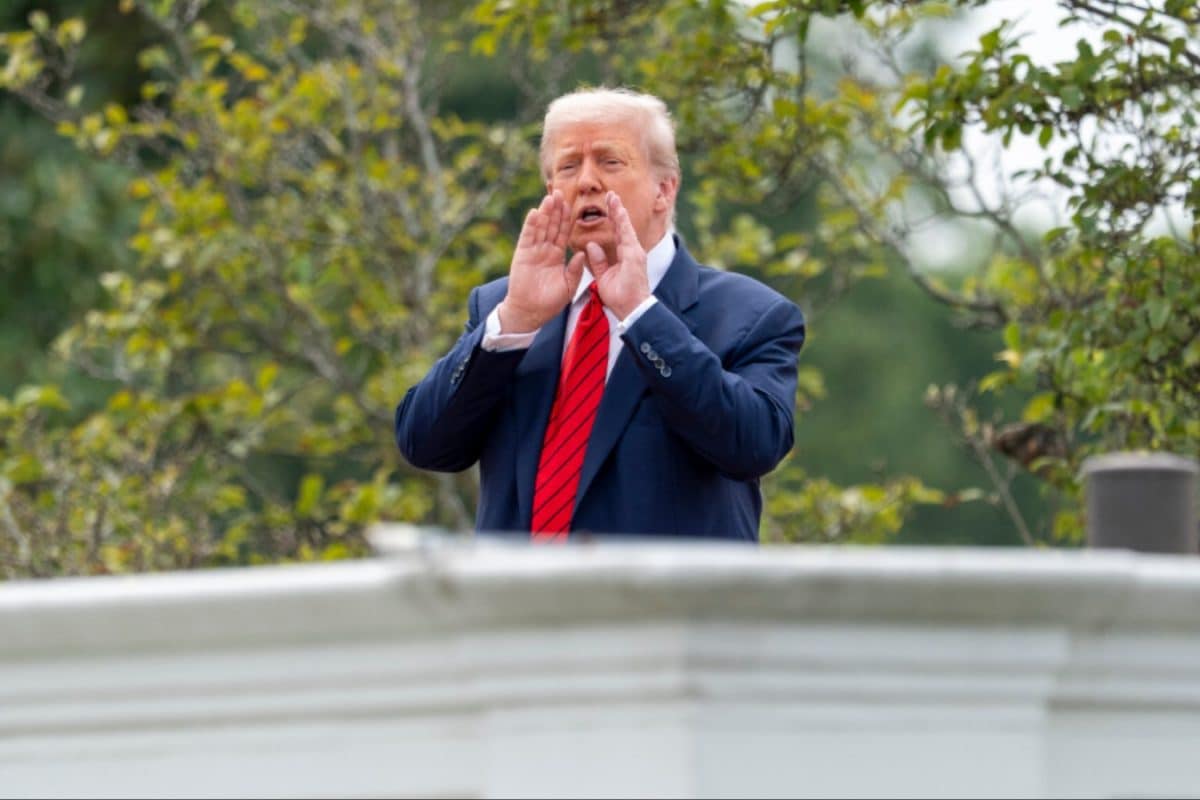

Donald Trump has escalated trade tensions with India by imposing an additional 25% tariff on Indian imports, bringing the total tariff to 50%. This move, which came on Wednesday, August 6, 2025, is a consequence of India's continued import of Russian oil. Trump has also warned of potential "secondary sanctions" against countries that continue to do business with Russia.
Trump's decision has been met with strong condemnation from India. The Ministry of External Affairs (MEA) has called the tariffs "unfair, unjustified, and unreasonable,". The MEA also reiterated that India's oil imports are driven by market factors and are essential to ensure the energy security of its 1.4 billion people. India has affirmed that it will take all necessary actions to protect its national interests.
When questioned about why India was being singled out when other countries, including China, also import Russian oil, Trump stated, "It's only been 8 hours. So let's see what happens. You're going to see a lot more...You're going to see so much secondary sanctions". This statement suggests that other nations may also face similar measures. When asked about the possibility of imposing tariffs on China, Trump said, "Could happen. Depends on how we do. Could happen".
The new tariffs on India are scheduled to take effect 21 days after the announcement. This timeline leaves a window for potential negotiations between the two countries. However, the move has already strained relations between Washington and New Delhi, who have maintained a strategic partnership for decades.
Trump's actions are rooted in his administration's efforts to pressure Russia to end the war in Ukraine. By imposing tariffs on countries that continue to purchase Russian oil, the U.S. aims to cut off a vital source of revenue for Moscow. Trump has claimed that India is helping fund Russia's war effort through its purchases of Russian oil.
The situation is further complicated by Trump's view of the BRICS bloc, which includes India, as "anti the United States". In 2024, Indian exports to the U.S. were estimated to be worth $129 billion. India now faces the highest tariff rate along with Brazil, which also has 50% tariffs.
Some experts suggest that India's difficulty in securing a trade deal with the U.S. contrasts with Pakistan, which negotiated a lower tariff rate in July. There are also reports that Indian Prime Minister Narendra Modi may visit China for a security summit, signaling a potential shift in geopolitical alliances.